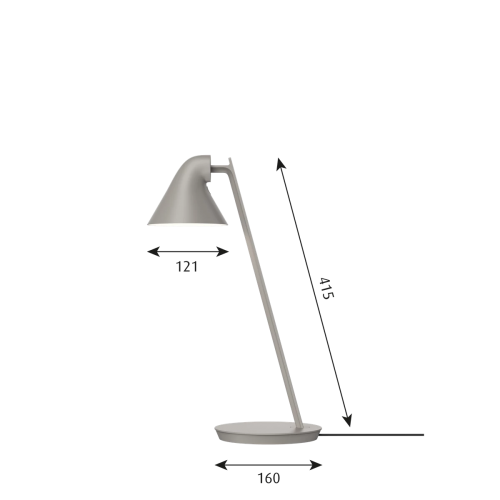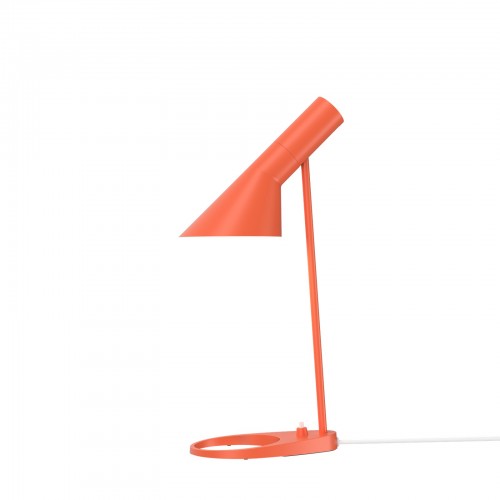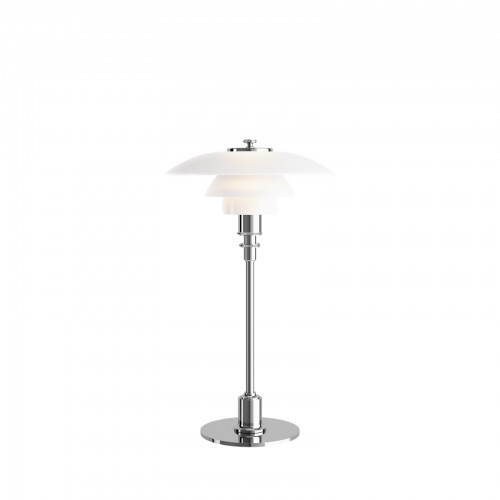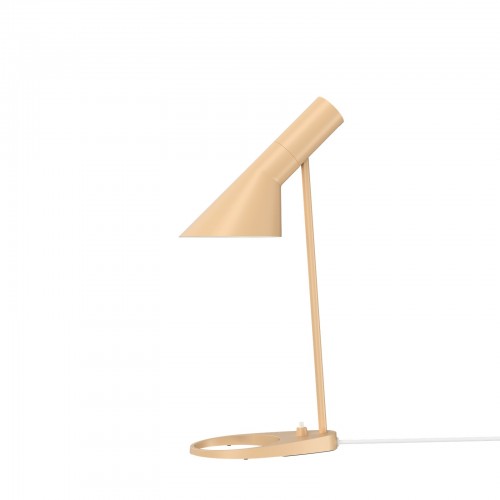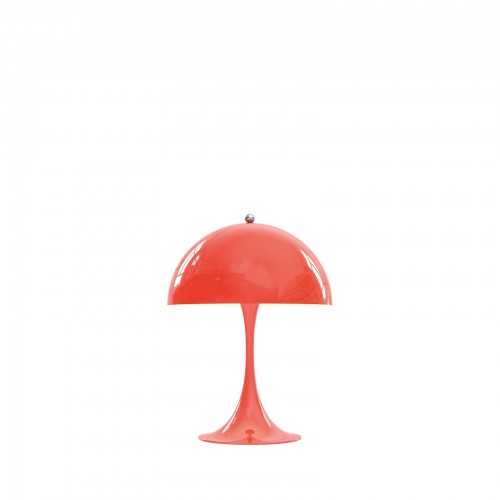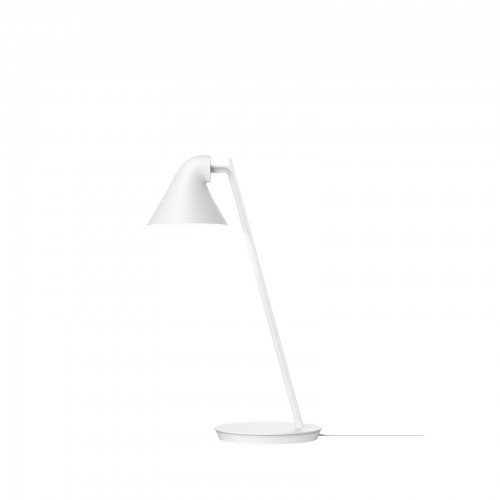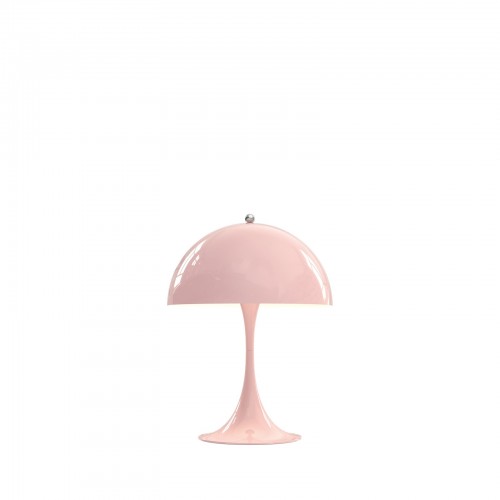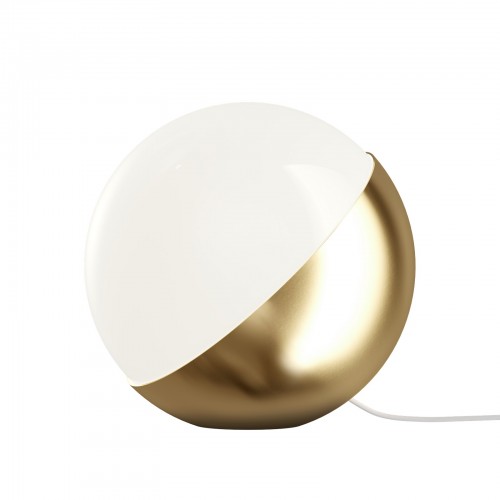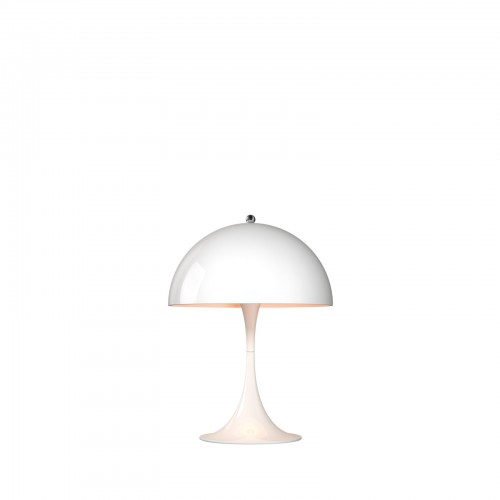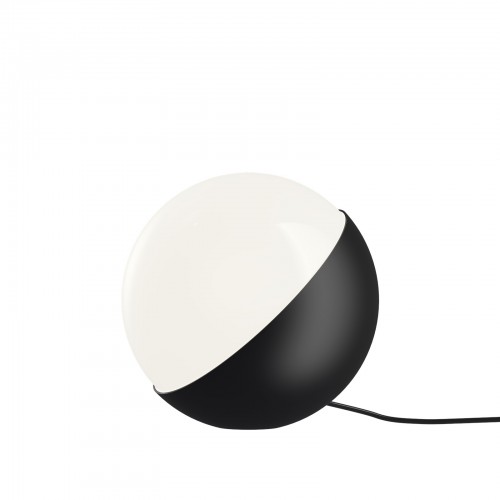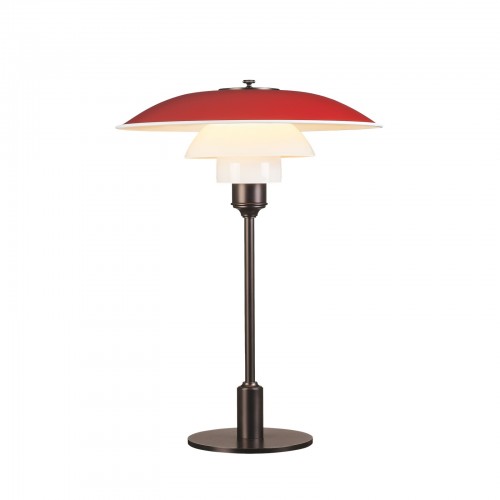Louis Poulsen Njp Mini table lamp grey
Manufacturer: Louis Poulsen - Designer: Poul Henningsen - Type: Table Lamp - Color: White and Black metallised - Material: blown glass and body in metallic black brass - Height: 472 mm - Diameter: 285 mm - Base: 155 mm - Light source: 1x40W E14 - Ean: 5703411184110
![]()
![]()
![]()
![]()
![]()
![]()
![]()
![]()
![]()
![]()
![]()
![]()
![]()
![]()
 Secure and verified payments
Secure and verified payments
Paypal, credit card, bank transfer
 Guaranteed Products
Guaranteed Products
Buy new products, with original packaging and covered by warranty.
 Our experts
Our experts
We offer you maximum availability by phone and by email.
 After-sales assistance
After-sales assistance
We are always at your disposal, even after the purchase.

 100% secure payments
100% secure payments





Poul Henningsen designed the three-screen system in 1925-1926. The first lights to use this system were designed by Poul Henningsen in collaboration with Louis Poulsen for an exhibition in Paris. This collaboration continued until his death in 1967. Throughout his life, Poul Henningsen sought to achieve glare-free, direct lighting in essential areas, creating soft shadows with incandescent bulbs as the light source. PH 3/2 Tavolo is part of the 3-shade family which today includes 30 lamps, three of which are for outdoors. Henningsen therefore not just designed a lamp, but an entire system: around a thousand different models were produced over the years. This large collection consisted of table, floor and wall lamps, as well as several chandeliers, very popular in the 1930s, for illuminating private homes with high ceilings. Numerous combination options were possible. The lamps were available in different colors and sizes. The first screens were made of metal, with the underlying surface painted white, gold or silver, depending on the type of lighting desired, warm and enveloping or cooler. Glass was later also introduced into the three-screen system. In addition to directing the light downward, the glass lamps illuminated the entire room. Henningsen was the first designer to pursue a scientific approach to lighting, using the lituum or logarithmic spiral as a basis. Thanks to this type of design, Henningsen managed to obtain a uniform distribution of light over the entire curve of the screen. This uniform distribution, together with the reflection diffused through the glass, allowed glare and shadows to be controlled. Each screen reduces the amount of light to the same extent due to their distance from the light source. PH lamp model numbers refer to screen size. Each upper screen has a respective intermediate and lower screen. In “pure” models, such as the 2/2 model, the upper screen is approximately 20cm wide, with corresponding lower screens. The PH 3/2 Tavolo consists of an upper screen of approximately 30 cm, but the lower screens are those used in the 2/2 model. These “hybrid” models were introduced to be able to hang pendant lamps at lower heights. The system was also used for wall, table and floor lamps.
Lighting system
The luminaire it was designed according to the principle of three reflective screens that direct most of the light downwards. The screens are made of three-layer blown opaline glass, polished in the upper part and matt sandblasted in the lower part in such a way as to distribute a soft and diffused light.
Product details
1x40W E14 source
Other information
Material: blown opal white glass screens and body and suspended unit in metallic black brass. Cable length: 2.1m. Switch: on the cable. Cable type: black plastic with socket.
Dimensions and measurements
Dimensions (mm): 285 (Width) x 472 (height) x 285 (length )
Weight: 2.9 kg
Mounting
Cable type: PVC with socket. Cable length: 2.1m. On/off: in-line switch on the cable.
CUTTING-EDGE AND TIMELESS
Although today they are considered a classic, when they were originally created, the PH 3/2 lamp and the other three-shade lamps designed by Poul Henningsen were very innovative compared to the fabric lampshades of the time. Careful calculations to find the right angles for the screens and the sandblasted underside of the glass are what give the three-screen system its characteristic glare-free light.
< strong>POUL HENNINGSEN
Poul Henningsen (1894-1967), an extremely influential Danish designer, architect, writer and cultural critic, had an enormous impact on Danish thought and design. His legacy as an original master of light is an integral part of Louis Poulsen's tradition of creating exceptional light.



